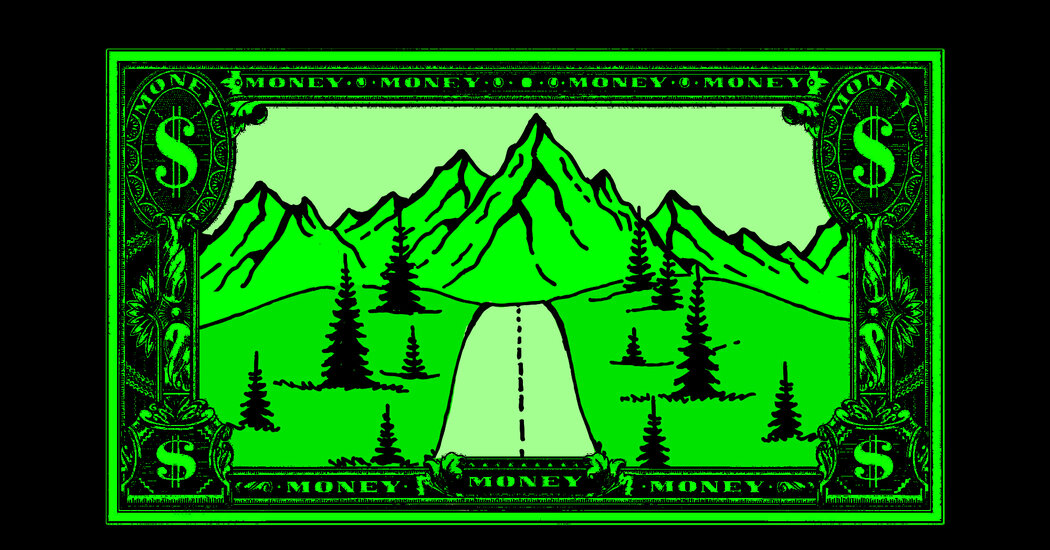You can roam Silicon Valley and collect countless versions of this story.
But if you probe a little further, the real mechanics of venture capital emerge. In the case of Sequoia’s Stripe investment, the key was an early-warning system that flagged Mr. Collison as a hot prospect when he was only 21. Sequoia built this system carefully. It doled out capital to young technologists and invited them to make “angel” investments in promising members of their cohort, thus getting new prospects onto its radar. One year before his meeting with Mr. Moritz, Mr. Collison had raised $30,000 from two Sequoia-linked angels. This, much more than his cool bike, was the key to the Stripe-Sequoia partnership.
Spend time with other sophisticated V.C. shops, and their deliberate methods become clear. Accel, the partnership best known for backing Facebook, developed an approach known as “prepared mind.” You study a coming technology shift — for example, the migration of data from customer devices to the cloud. You figure out the implications: new hardware configurations, new software business models, new security vulnerabilities. Then, when you come across a start-up that is poised to surf the new wave profitably, you are primed to react quickly.
Human beings, as it happens, are wired to approach the world in the opposite fashion. We will gamble to avoid a loss, but are irrationally reluctant to reach for the upside. “Failures don’t matter,” the Kleiner Perkins leaders used to tell each other. “You can only lose one times your capital.”
Vinod Khosla, a former kingmaker at Kleiner Perkins who now runs his own venture capital outfit, once told me of his decision to bet on the meat-free burger company Impossible Foods, a start-up whose ambitions once seemed as over-the-top as that of Theranos. Patrick Brown, Impossible’s founder, had laid out a plan to eliminate the meat-industrial complex. It was an insanely messianic vision. If he fails, Mr. Khosla recalls thinking, “he’ll be mocked.”
Mr. Khosla put that worry aside, and made a bet on Impossible, reckoning that even if Mr. Brown had only a one in a hundred chance, it was a shot worth taking. Eleven years later, while the meat-industrial complex may not have been toppled, Impossible is worth $7 billion. Which is better, Mr. Khosla observed: to try and fail, or to fail to try?
Sebastian Mallaby is a senior fellow at the Council on Foreign Relations and the author of “The Power Law: Venture Capital and the Making of the New Future.”
The Times is committed to publishing a diversity of letters to the editor. We’d like to hear what you think about this or any of our articles. Here are some tips. And here’s our email: letters@nytimes.com.
Follow The New York Times Opinion section on Facebook, Twitter (@NYTopinion) and Instagram.
Credit: Source link




















